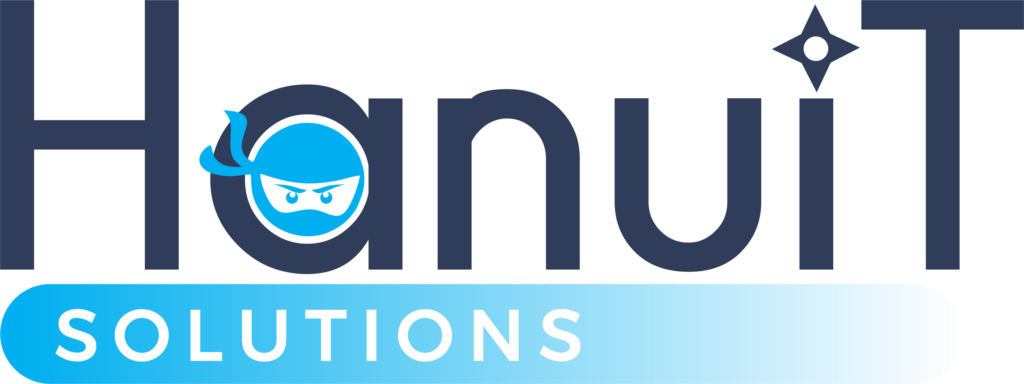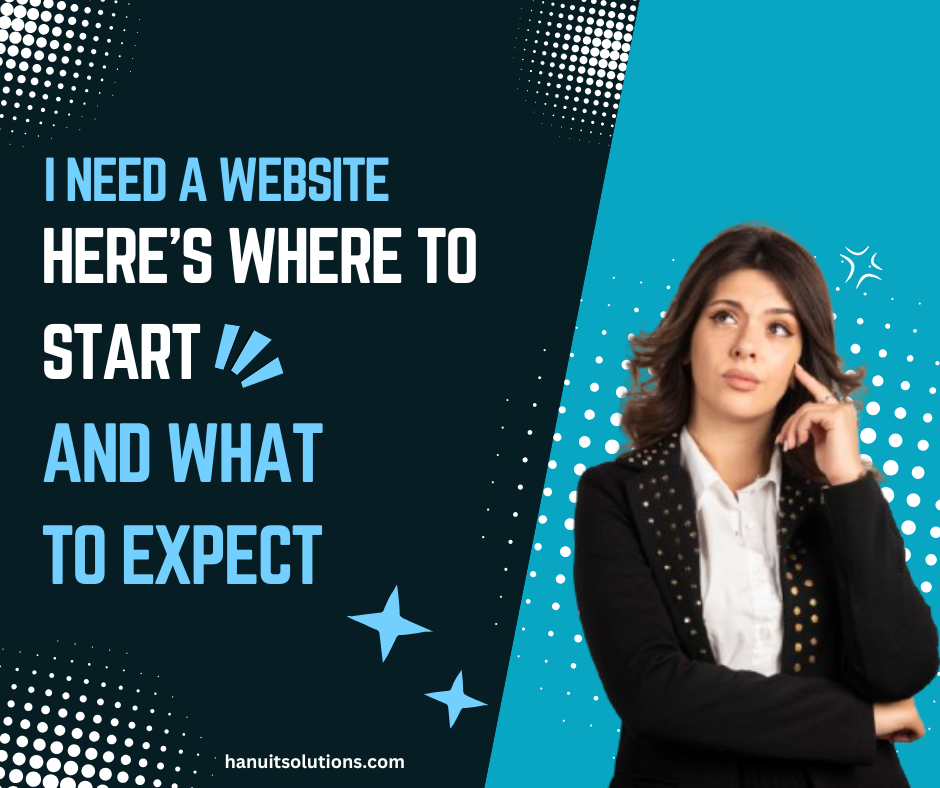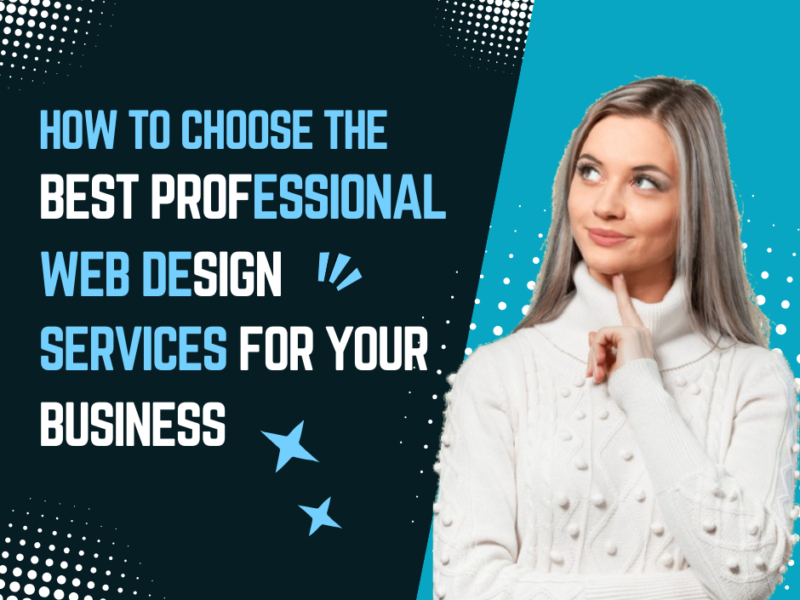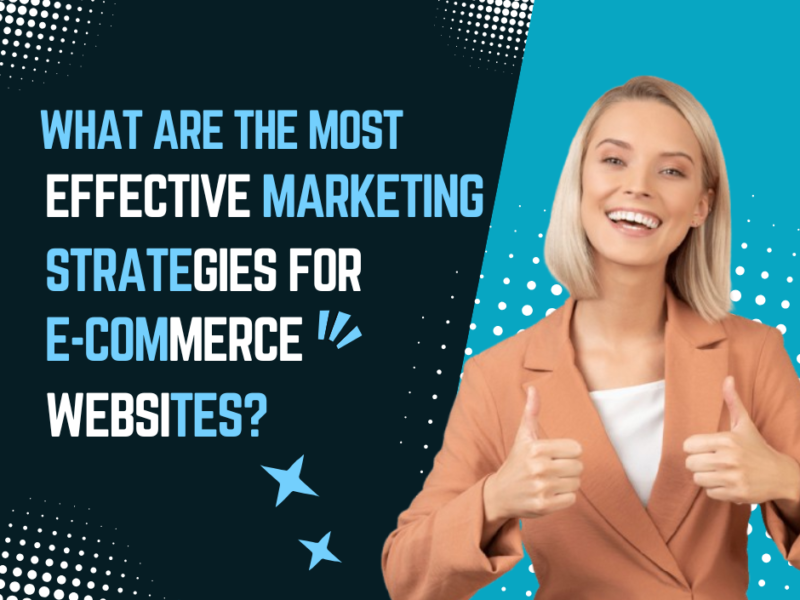I Need a Website! Here’s Where to Start and What to Expect
In today’s digital age, “I need a website” is heard more often than ever. Whether you’re a small business owner, an entrepreneur, a blogger, or someone looking to create a personal portfolio, having an online presence is essential. However, starting a website from scratch can be intimidating if you’re new to the process. This article will guide you through everything you need to know, from initial planning to what to expect during the website development process.
Why Do You Need a Website?
Before diving into the technical aspects, it’s crucial to understand why you need a website. A website serves as your online storefront, portfolio, or hub where potential customers can learn about your business or services. In a world where 81% of consumers research online before making a purchase, having a website helps you reach a broader audience, establish credibility, and compete effectively.
Here are some of the top reasons why people say, “I need a website”:
- Increase Visibility – A well-optimized website makes it easier for people to find you on search engines.
- Build Credibility – Customers trust businesses that have professional websites.
- Showcase Products and Services – A website allows you to display what you offer visually appealingly.
- Generate Leads and Sales – Websites are essential for collecting and converting leads into customers.
- 24/7 Availability – Unlike physical stores, a website is accessible to customers 24/7, providing continuous engagement.
Step 1: Planning Your Website
When you realize, “I need a website,” the first step is planning. This phase involves defining your goals, understanding your audience, and outlining the content you want to include.
Define Your Goals
Ask yourself what you want to achieve with your website. Are you looking to sell products online, provide information, showcase your portfolio, or have a platform to share your thoughts? Defining your goals helps shape the design and structure of your website.
Understand Your Audience
Knowing your target audience is crucial. For instance, your website should be visually appealing with a user-friendly interface if you’re targeting young adults. If your audience is more professional, the site may need to be more straightforward and content-focused.
Also read: How to Get a Website for My Business Without the Stress
Outline Your Content
Make a list of the pages you want to include. Most websites have standard pages like Home, About Us, Services, Blog, and Contact. Consider what content you will need for each page and plan your layout accordingly.
Step 2: Choosing a Domain Name and Hosting Provider
Once you’ve defined your goals and content, the next step is to choose a domain name and hosting provider.
Selecting a Domain Name
Your domain name is your website’s address on the internet (e.g., www.yourbusinessname.com). Choose a name that is easy to remember, reflects your brand, and ideally includes relevant keywords.
Tips for Choosing a Domain Name:
- Keep it short and simple.
- Avoid using numbers and hyphens.
- Make it easy to spell and pronounce.
- Check its availability on domain registration sites like GoDaddy or Namecheap.
Choosing a Hosting Provider
A hosting provider is a service that stores your website’s files and makes them accessible on the internet. When selecting a hosting provider, consider factors like speed, security, customer support, and pricing. Some popular hosting providers include:
- Bluehost: Great for beginners with excellent customer support.
- SiteGround: Known for fast loading times and strong security features.
- HostGator: Offers affordable plans and user-friendly tools.
Step 3: Designing Your Website
Now that you’ve set up your domain and hosting, it’s time to design your website. You have two main options: use a website builder or hire a web designer.
Using a Website Builder
Website builders like WordPress, Wix, and Squarespace offer templates that make it easy to create a website without any coding skills. They provide drag-and-drop features, customizable templates, and various plugins to enhance your site’s functionality.
Pros of Website Builders:
- Easy to use, even for beginners.
- No coding skills are required.
- Quick setup and customization options.
Cons of Website Builders:
- Limited flexibility for advanced customization.
- Subscription fees may apply for premium features.
Hiring a Web Designer
If you want a more customized and professional look, consider hiring a web designer. A designer can create a unique, responsive, and optimized site tailored to your needs. However, this option is usually more expensive than using a website builder.
Pros of Hiring a Web Designer:
- Custom design tailored to your brand.
- Professional look and feel.
- Enhanced functionality and optimization.
Cons of Hiring a Web Designer:
- Higher cost compared to DIY options.
- Longer development time.
Step 4: Creating Content for Your Website
Content is king when it comes to making your website effective. Focus on creating high-quality, engaging content that speaks to your audience. This includes:
- Homepage: This is the first page visitors see, so make sure it provides a clear message about who you are and what you offer.
- About Us: Share your story, mission, and values to connect with your audience on a personal level.
- Services or Products: Provide detailed descriptions, benefits, and pricing to inform potential customers.
- Blog: Create blog posts related to your niche to attract traffic and improve SEO.
- Contact Information: Make it easy for visitors to get in touch with you by providing a contact form or your contact details.
Step 5: Launching and Marketing Your Website
Once your website is designed and the content is in place, it’s time to go live. However, launching your site is just the beginning. To attract visitors, you’ll need to invest in digital marketing strategies such as:
- Search Engine Optimization (SEO): Optimize your site to rank higher on search engine results pages (SERPs).
- Social Media Marketing: Promote your site through social media platforms like Facebook, Instagram, and LinkedIn.
- Email Marketing: Build an email list and send newsletters to keep your audience engaged.
- Pay-Per-Click Advertising (PPC): Use paid ads on platforms like Google Ads to drive traffic quickly.
What to Expect After Launching Your Website
After saying, “I need a website” and finally launching it, you may expect instant results. However, building a successful online presence takes time, consistency, and ongoing effort.
- Regular Updates: Websites require regular updates to keep them fresh, secure, and functional.
- Performance Monitoring: Use tools like Google Analytics to track visitor behavior, traffic sources, and other metrics.
- Ongoing SEO Efforts: Continue to optimize your site with fresh content, keyword targeting, and technical improvements.
FAQ
How much does it cost to create a website?
The cost can range from $100 to several thousand dollars, depending on whether you use a website builder or hire a professional designer. Additional costs include domain registration and hosting.
How long does it take to build a website?
A basic website can take a few days to a week if you use a website builder. For custom-designed sites, can take several weeks to a few months.
Do I need technical skills to create a website?
No, you can use website builders like Wix or Squarespace, which don’t require coding skills. However, having some basic knowledge of web design can be helpful.
Can I make changes to my website after it’s launched?
Yes, you can update your content, add new features, and make changes anytime after your website is live.
What is SEO, and why is it important for my website?
SEO stands for Search Engine Optimization. It helps your website rank higher in search engine results, increasing visibility and attracting more visitors.
Conclusion
If you’re thinking, “I need a website,” now is the perfect time to start. With the right planning, tools, and strategies, creating a website can be an exciting and rewarding process. Whether you choose to build it yourself or hire a professional, having an online presence is crucial for reaching your audience and achieving your goals. So, take the first step today, and turn your idea into a fully functional, engaging website.








